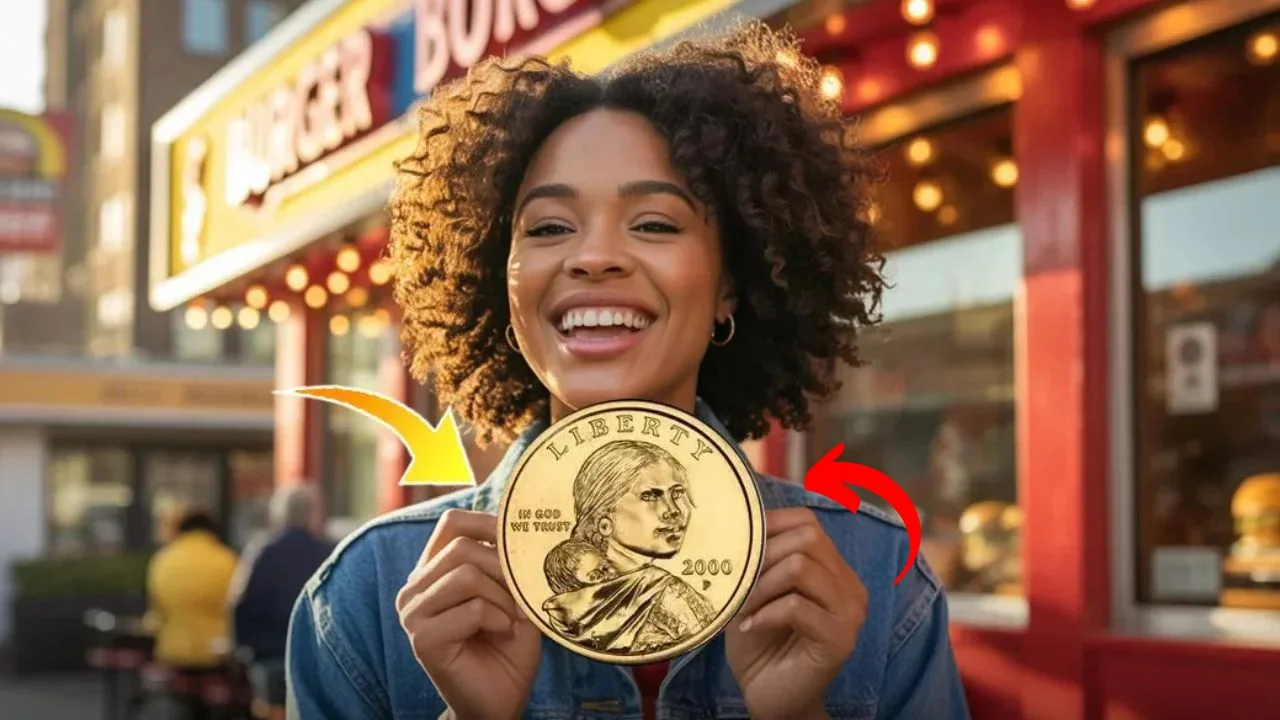Imagine rummaging through your loose change and discovering a coin worth millions. That’s the thrill of the rare Sacagawea dollar. This golden beauty could turn your pocket finds into a fortune. In this post, you’ll learn its secrets, from history to spotting tips, perfect for hobbyists chasing rare coins.
What is the Sacagawea Dollar?
The Sacagawea dollar is a striking golden coin minted by the U.S. since 2000. It honors Sacagawea, the Shoshone woman who guided Lewis and Clark. With her baby on her back, it’s a symbol of Native American heritage.
This coin replaced the Susan B. Anthony dollar, which confused people for quarters. Though not widely used, it’s a favorite among numismatic fans for its unique look.
The History and Origin of the Sacagawea Dollar
Launched in 2000, the Sacagawea dollar aimed to boost dollar coin usage. Over a billion were made, but most stayed in vaults or machines. Early tests led to rare errors, sparking collector interest.
One promo tied it to Cheerios cereal, hiding 5,500 coins in boxes. These had special details, adding to the numismatic lore. It’s a piece of modern U.S. coin history.
Why the Rare Sacagawea Dollar is So Valuable Today
Rare coins like the Sacagawea dollar soar in value due to errors and scarcity. A unique pattern coin with a mismatched reverse fetched $2.1 million in a private sale. It’s relevant for hobbyists hunting treasures in everyday change.
In today’s market, numismatic items offer investment potential. With inflation, rare Sacagawea dollars beat stocks for some. They blend history, art, and profit.
How to Spot the Rare Sacagawea Dollar
Spotting a rare Sacagawea dollar starts with the date: Focus on 2000 issues. Check for errors like the pattern mule with a Washington quarter reverse instead of the eagle.
Key Features to Look For
- Tail Feathers: Cheerios versions have more detailed eagle tails.
- Mismatched Sides: Look for quarter reverse on dollar front.
- Condition: Pristine, uncirculated coins shine brightest.
Examine under magnification. Rare coins hide in drawers or estate sales. You might benefit by flipping one for big bucks.
Notable Facts and Statistics About Rare Coins
Did you know the Sacagawea isn’t real gold? It’s manganese-brass for that glow. Over 5,500 Cheerios dollars exist, but few in top shape.
Here’s a table of notable variants:
| Variant | Key Feature | Estimated Value |
|---|---|---|
| Regular 2000-P | Standard eagle reverse | $1 – $5 |
| Cheerios Dollar | Detailed tail feathers | $5,000 – $25,000 |
| Pattern Mule Error | Quarter reverse mismatch | Up to $2.1 million |
Another table comparing benefits:
| Aspect | Regular Sacagawea Dollar | Rare Sacagawea Dollar |
|---|---|---|
| Availability | Common in circulation | Extremely scarce |
| Investment Potential | Low | High, with auction records |
| Collector Appeal | Basic | High due to errors |
These stats highlight why numismatic pursuits excite hobbyists.
Expert Tips for Numismatic Enthusiasts
Don’t clean your coins—dirt preserves value. Get them graded by PCGS or NGC for authenticity.
Search junk drawers or garage sales. Even a $5,000 find funds a vacation. Start small; build your rare coins collection wisely.
Frequently Asked Questions (FAQs)
Q: What makes a Sacagawea dollar rare?
A: Errors like mismatched dies or special promos like Cheerios.
Q: How much is a regular Sacagawea dollar worth?
A: Usually face value, $1.
Q: Can I find the $2.1 million one in change?
A: Unlikely, but check 2000 coins for errors.
Q: Is the Sacagawea dollar gold?
A: No, it’s a brass alloy.
Q: Where to sell rare coins?
A: Auctions or certified dealers.
conclusion
the rare Sacagawea dollar turns ordinary change into extraordinary wealth. Remember the tips: Check details, avoid cleaning, and get graded. Dive into numismatic fun—share this post, hunt your coins, or explore more rare coins. Who knows? Your next find could be golden.

